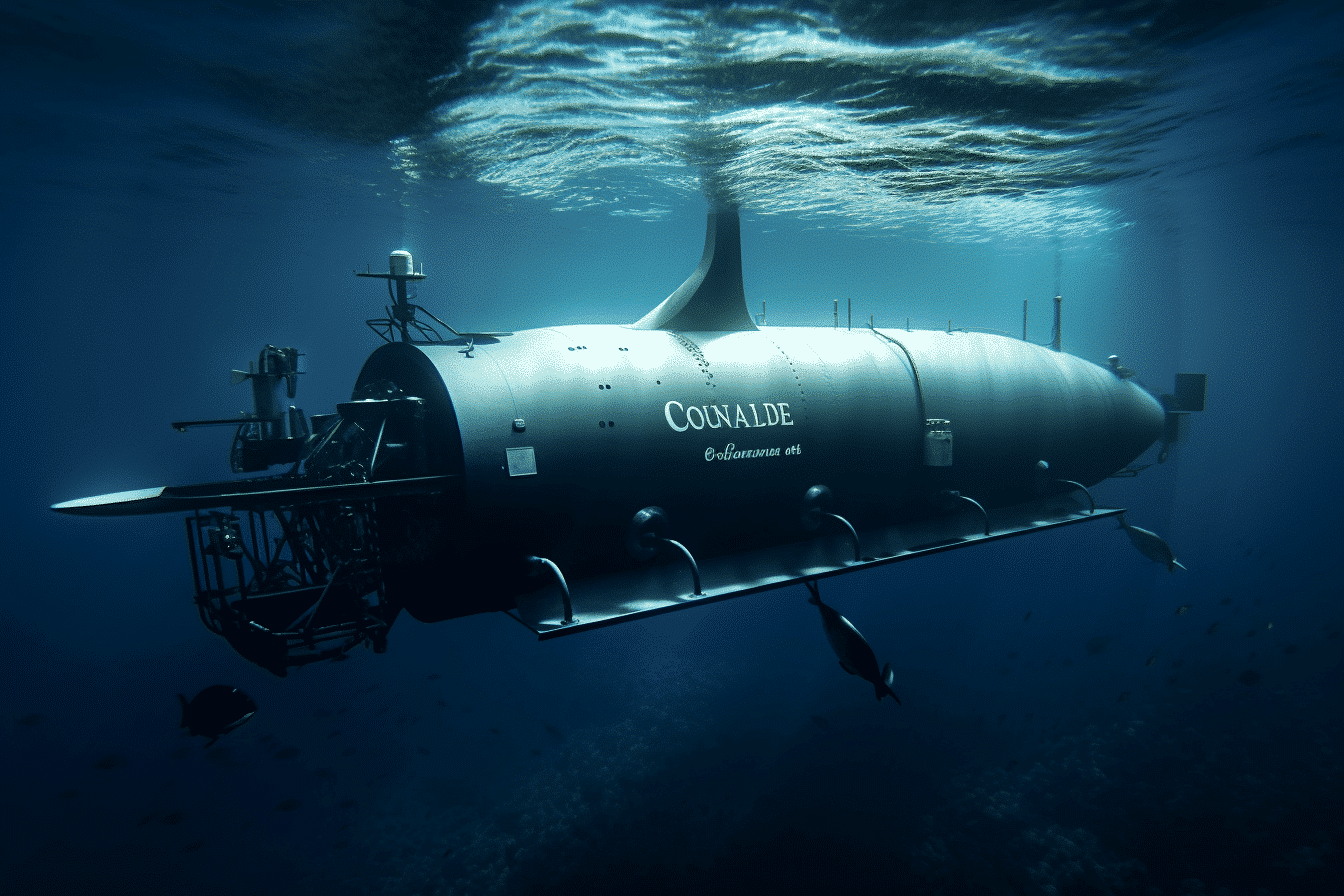Years before a tourist submersible vanished during an ill-fated expedition to explore the Titanic shipwreck, serious safety concerns were raised about OceanGate, the company behind the vessel’s design and operation.
As investigations unfold surrounding the tragic incident that claimed the lives of five passengers, a trail of lawsuits, whistleblowing, and red flags over safety issues emerges, shedding light on the company’s questionable practices and decisions.
Safety Warnings and Lawsuits
OceanGate, a privately held company that boasted its use of innovative materials and state-of-the-art technology, had charged an exorbitant $250,000 per person for the Titanic voyage. However, prior to the submersible’s disappearance, lawsuits and industry experts had already raised red flags concerning safety.
In 2018, a professional trade group sent a warning letter to OceanGate, expressing concerns about the company’s experimental design approach and the potential for “catastrophic” outcomes. Additionally, an employee, David Lochridge, raised safety issues regarding the submersible’s design and hull reliability testing protocol.
Lochridge was subsequently fired by OceanGate after sharing his complaints with regulators, leading to the company suing him for breach of contract. In response, Lochridge filed a countersuit, reiterating his concerns about the submersible’s safety.
Canceled Trips and Certification
Certification became a central point of contention surrounding OceanGate and its submersible, known as the Titan. The Marine Technology Society, in its 2018 letter, highlighted the company’s misleading marketing claims regarding the Titan’s adherence to the renowned DNV-GL certification standards. The absence of certification raised questions about the vessel’s compliance with industry-wide safety regulations.
Furthermore, a couple from Florida filed a lawsuit against OceanGate’s CEO, Stockton Rush, after experiencing difficulties obtaining refunds for multiple canceled trips on the Titan. The couple, Marc and Sharon Hagle, alleged that OceanGate canceled one expedition due to inadequate time for certifying the submersible’s depth capability, while another was scrapped due to equipment failure.
Whistleblower’s Claims and Company Response
David Lochridge’s countersuit shed light on crucial safety concerns. Lochridge, who was responsible for ensuring the safety of crew and clients during operations, discovered that the submersible’s viewport was only certified to withstand pressures up to 1,300 meters, despite the Titan’s intended depth of 4,000 meters. He urged OceanGate to engage a reputable classification agency like the American Bureau of Shipping for inspection and certification, but the company allegedly refused to cover the cost.
OceanGate responded to Lochridge’s allegations by emphasizing that he was not an engineer and dismissing his concerns, leading to his termination. Lochridge, however, maintained that his role focused on safety and highlighted the company’s failure to address his apprehensions.
Urgent Need for Enhanced Safety Standards in Underwater Exploration
The tragic loss of the tourist submersible during the Titanic exploration expedition has brought to light a series of safety concerns surrounding OceanGate, the company responsible for its design and operation.
Lawsuits, industry warnings, and whistleblower claims highlight potential lapses in safety protocols and the absence of proper certifications. As investigations continue, it is crucial for the authorities to thoroughly examine these issues and ensure that stringent safety standards are upheld in the exploration of underwater depths.




